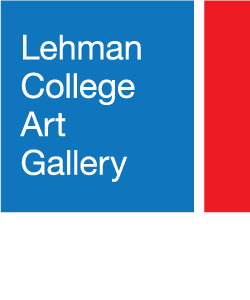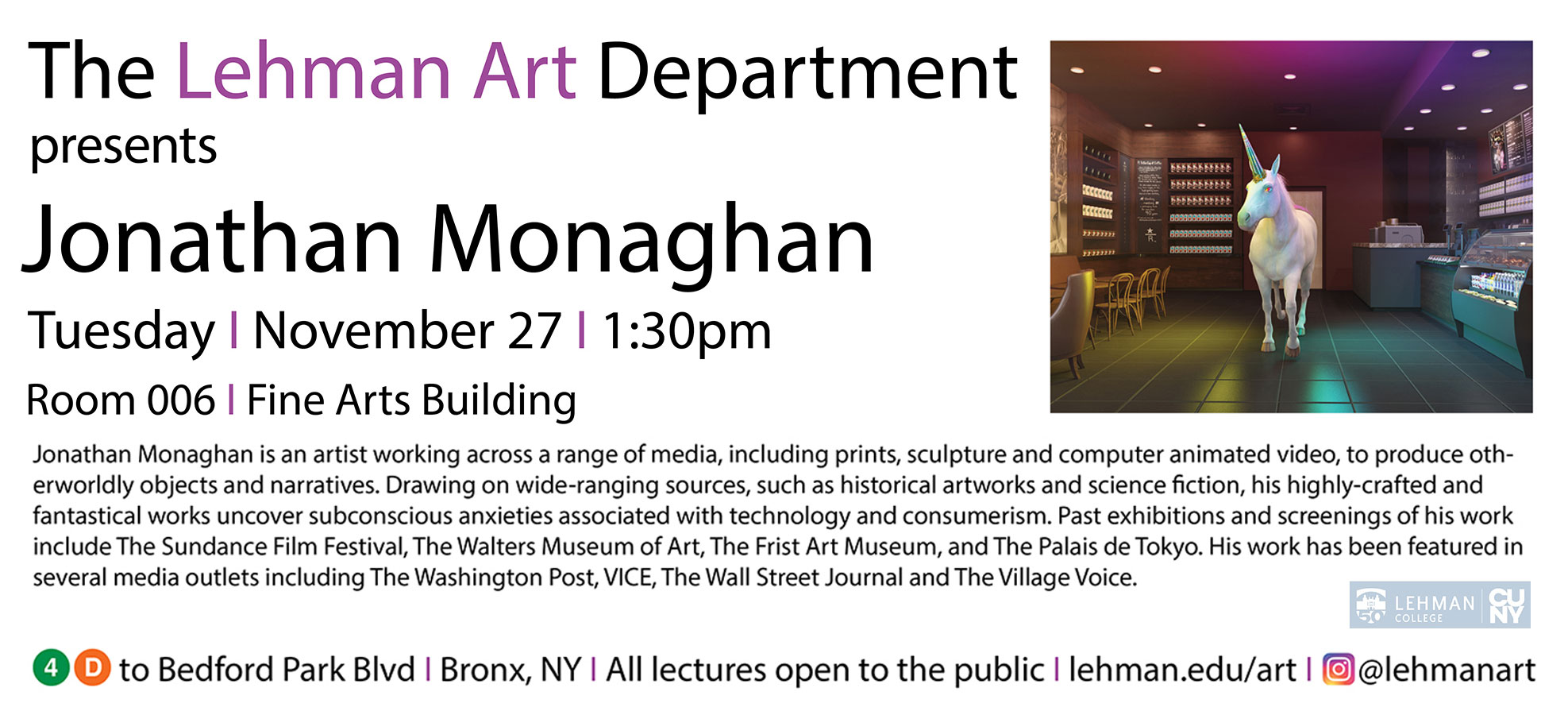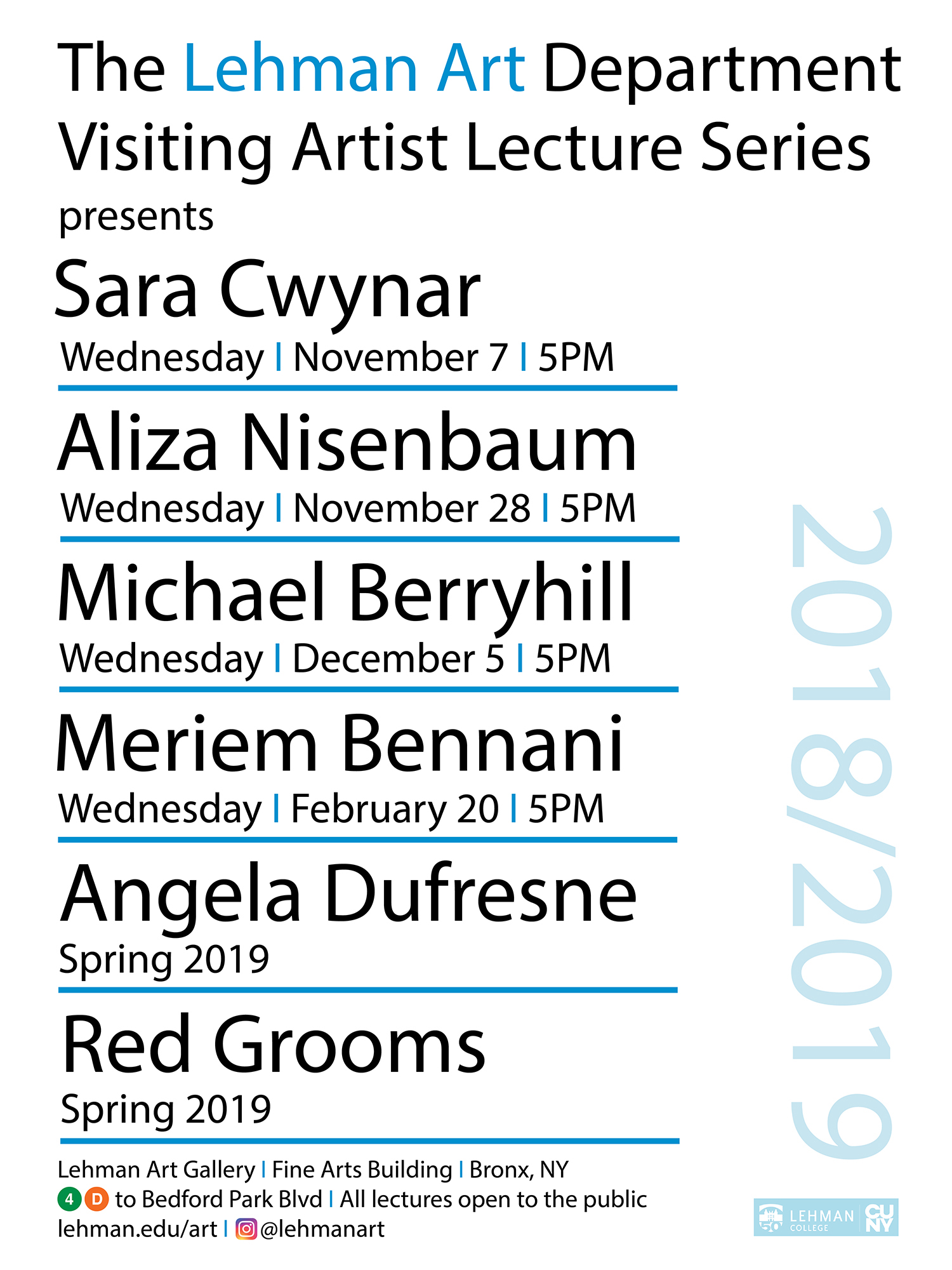Yukinori Yanagi Wandering Position and The World Flag Ant Farm
The unification of nations and the impact of technological advances on society are the focus of two large-scale installations by Japanese artist Yukinori Yanagi, on view at the Lehman College Art Gallery Thursday, September 26, through Saturday, November 9.
Recognized as one of Japan’s most interesting young artists, Yanagi, 32, came to the United States three years ago to study at Yale. There, he begun to work with the American flag as a symbol of what he called “stability of place/or nationalism.” In his Installation, The World Flag Ant Farm, one of the two works on exhibition at the Lehman College Art Gallery, he expanded this concept to include flags of all nations.
The World Flag Ant Farm is made up of 170 transparent plastic boxes, connected by tubes, mounted on the wall, and filled with colored sand; the boxes are replicas of the flags of the 170 current members of the United Nations. Within thousands of ants toil incessantly, oblivious to the political implications of the partitions of the world. The ants carry grains of sand through the tubing from one box to the next, and by their wanderings, gradually transform all the flags into a single new image.
In this work, Yanagi addresses the reality of the interdependence of nations versus the illusion of their separateness. He has said it “looks toward a simple, equal, and hopeful way of expressing the world’s gradual unification of all its nations.” As events in Eastern Europe continue to unfold, the present World Flag Art Farm will soon be obsolete, and Yanagi will need to reconfigure his piece to reflect current events. However, no matter how many flags he adds or deletes, the total number of flags will always add up to on finite planet.
Wandering Position: Project- Red, White, and Blue also on exhibition at the Lehman College Art Gallery explores the concept of movement within proscribed boundaries. It consists of a real automobile chassis, painted blue, confined within a steel mesh wheel, striped red and white. Like a hamster in its cage, the car can run furiously while remaining in one place. While traveling by car we, too, paradoxically remain in one place, confined behind the wheel, cut off from the environment. Technological advances provide us with acess to the whole world, but only as long as we remain close to the whole world, but only as long as we remain close to our televisions, telephones, and fax machines. Yanagi says this work “portrays a mobile society standing still within the revolving sign of the flag.”
Yanagi’s concentration on installations, his respect for the integrity of his materials, and his concern with illusion, connect him to the Japanese art movement of the ’70s, Mono-ha. His works are as much related to that Japanese art movement as they are to the new brand of conceptual art being practiced internationally.
Yanagi’s works have been seen in New York at The Storefront for Art and Architecture and at P.S. 1, and in Los Angeles at L.A.C.E. He has exhibited widely throughout Japan including solo exhibitions at the Hillside Gallery, the Hosomi Contemporary Gallery, and the Soh Gallery, all in Tokyo. He has also had solo shows at the Fukuoka Museum of Art, Gallery 21, and Ten Gallery, all in Fukuoka, as well as the Kanagawa Prefectural Museum in Kanagawa.


